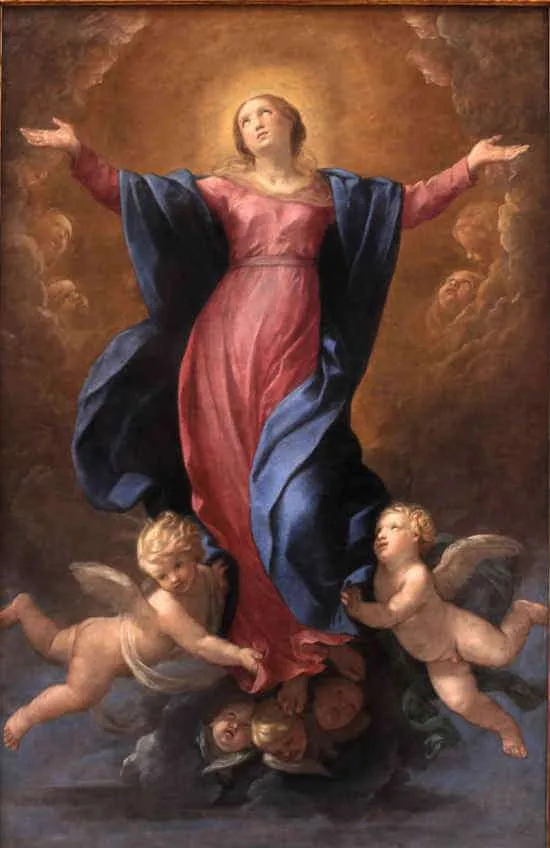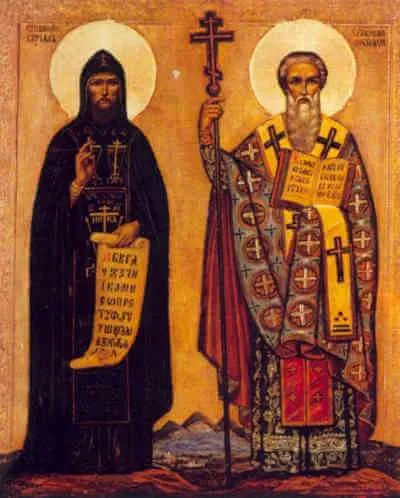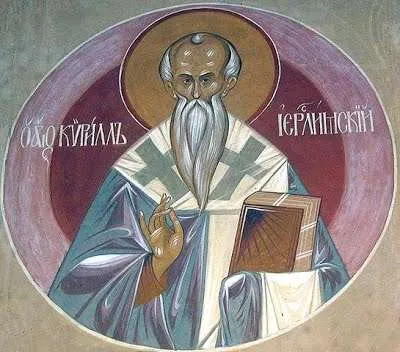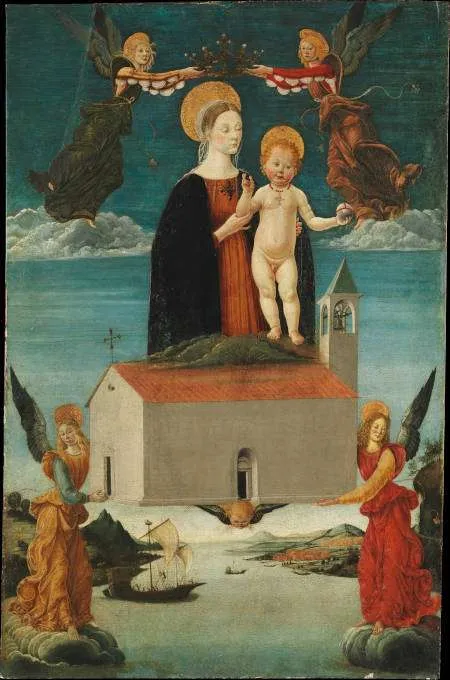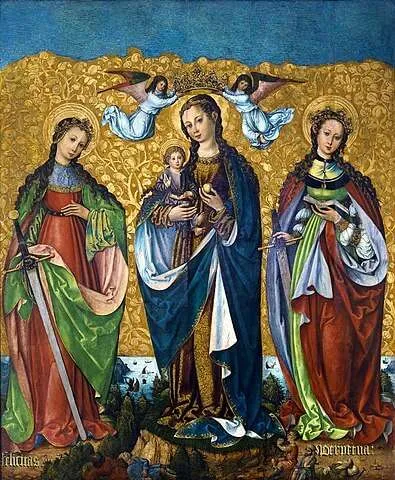First Century; Patron Saint of fishmongers, French air crews, harnessmakers, and numerous countries, cities, and dioceses
Within the history of the Church, one fascinating and inspiring phenomenon is the incorruptibility of some saints’ bodies. Over the course of history, the bodies of certain holy men and women have been exhumed from their tombs. On occasion, these bodies have been found to be incorrupt, meaning they have not decayed. Among the most notable saints are Bernadette Soubirous, Catherine Labouré, John Vianney, Padre Pio, Vincent de Paul, Clare of Assisi, and Teresa of Avila. However, the body of today’s saint, the Blessed Virgin Mary, the Mother of God, is unique. It is not just incorrupt but is also alive, resurrected, transformed, and sharing in eternal glory. Other than her Divine Son, the Mother of God is the only one to have been granted this privilege.
Traditionally, today’s Solemnity has been referred to variably as the Blessed Virgin Mary’s rest, birth into Heaven, entombment, and falling asleep. The earliest written references to the Assumption of the Blessed Virgin Mary date back to the third and fourth centuries. In the seventh century, Saint John Damascene wrote beautifully about the Assumption of the Blessed Virgin Mary in three sermons. He also narrates a story about the Roman Emperor Marcian (c. 392–457) who approached the bishops at the Council of Chalcedon in 451, requesting information about the location of the body of the Blessed Virgin Mary. The emperor wished to build a magnificent church in her honor. Saint John Damascene describes it this way:
Saint Juvenal, Bishop of Jerusalem, at the Council of Chalcedon (451), informed Emperor Marcian and Pulcheria, who wished to possess the body of the Mother of God, that Mary died in the presence of all the Apostles. However, when her tomb was opened upon the request of St. Thomas, it was found empty, leading the Apostles to conclude that her body was taken up to Heaven.
Today, just outside of the ancient city of Jerusalem, next to the Garden of Gethsemane, pilgrims can find an ancient church, believed to have been the original burial site of the Blessed Virgin Mary, from which she rose and was assumed into Heaven. Like Christ her Son, her tomb is empty.
It wasn’t until 1950 that the ancient belief in the Assumption of the Blessed Virgin Mary was elevated to the level of a dogma. As a dogma, the Church proclaimed that this belief must be held by all the Catholic faithful as true and divinely revealed. It did not begin to be true in 1950; rather, that which had always been true was given great solemnity and clarity within the teachings of the Church.
It’s important to understand that the one deposit of faith—the truths in the mind of God revealed to us in Christ Jesus—does not change. Truth doesn’t change; our comprehension of the Truth deepens over time.
In regard to our Blessed Mother, the Church teaches four dogmas. First, the Council of Ephesus, in 431, definitively taught that the Blessed Virgin Mary was properly called the “Mother of God.” She was not just the mother of Christ, or the mother of Jesus, or mother only of His flesh. She was the mother of a Person, and that Person was God; hence, she is to be called the Mother of God.
A second dogma of the Blessed Virgin Mary is that of her perpetual virginity. This belief, held and taught by the earliest Church Fathers, was definitively taught at the Council in Constantinople in 553 when Mary was referred to as “ever-virgin.” To add even more clarity, during the Lateran Council of 649, Pope Saint Martin I clarified that “ever-virgin” meant three things: Mary was a virgin before, during, and after Christ’s birth. First, this means she conceived her Son while being a virgin. Second, when she gave birth to her Son, she did not suffer from the effects of original sin as outlined in Genesis 3:16: “I will intensify your toil in childbearing; in pain, you shall bring forth children.” Third, after the birth of Jesus, she never had relations with a man and bore no other children.
A third dogma of the Blessed Virgin Mary was solemnly defined in 1854 when Pope Pius IX declared her to be the Immaculate Conception. He stated that “…the most Blessed Virgin Mary, from the first moment of her conception, by a singular grace and privilege from Almighty God and in view of the merits of Jesus Christ, was kept free of every stain of original sin.” She then remained free from sin throughout her life.
Finally, the fourth dogma of the Blessed Virgin Mary, which we celebrate today, is the logical consequence of the previous dogmas, especially the Dogma of the Immaculate Conception. If the Mother of God was free from sin, did not suffer the consequences of original sin—such as the pains of childbirth—then she would also, necessarily, not suffer the effects of sin, which are death and bodily decay. However, a few things need to be clarified in this regard.
First, the dogmatic teaching states that the Blessed Virgin Mary “…having completed the course of her earthly life, was assumed body and soul into heavenly glory.” Does that mean she died and was placed in a tomb? Or does that mean that she did not die and was taken body and soul while she was alive? The Church has not definitively answered this question. The rationale is that, since Jesus died and then rose, wouldn’t this be the sequence for our Blessed Mother followed? Regardless of the answer, what is proclaimed is that her body never experienced decay. If she died, then, just like her Son, her body slept as it anticipated sharing in the Resurrection, perhaps a few days later, or perhaps immediately. If the early account from Bishop Juvenal mentioned above is accurate, then her body rested in the tomb for a short period of time.
As we honor the Mother of God, the Ever-Virgin Mary, the Immaculate Conception, we celebrate her life, the completion of her time on earth, and her glorious entrance into Heaven, body and soul. We hope to follow where she has gone. From Heaven, she loves each one of us with her perfect maternal love. Her prayers and mediation of grace are certain. We should seek her intercession today. Doing so with great confidence, we should know that a mother so loving would never deny her children all good things granted in accord with God’s will.
Source: https://mycatholic.life/saints/saints-of-the-liturgical-year/august-15—assumption-of-the-blessed-virgin-mary/


